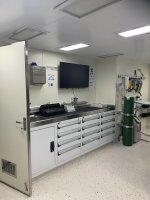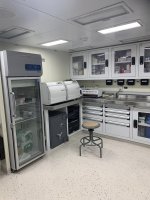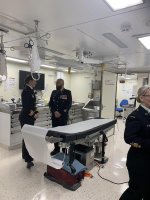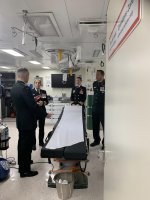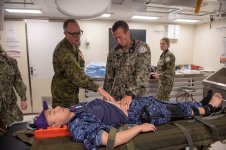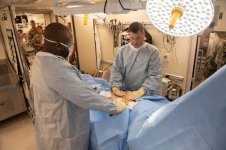TangoTwoBravo
Army.ca Veteran
- Reaction score
- 3,443
- Points
- 1,110
Just to add to Stoker’s response, RIMPAC has a HADR (Humanitarian Assistance Disaster Relief) portion for which an AOPS would be a good fit.I noticed an AOPS was participating in a RIMPAC. Can you fill me in, if this is most likely a coastal domestic defence ship, what role would it play in a large mixed fleet RIMPAC scenario?
The AOPS was part of that portion this year.



